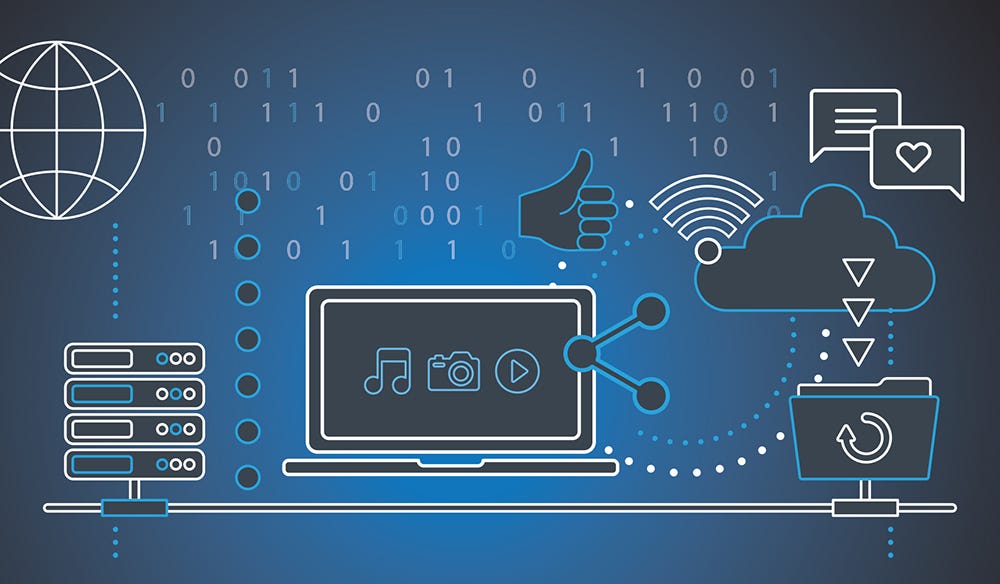The Digital Millennium Copyright Act (DMCA) for Digital Creators
Get to know to build a better world.
In the fast-paced digital world, where creativity thrives and content spreads like wildfire, protecting intellectual property is paramount. This is where the Digital Millennium Copyright Act (DMCA) steps in as a crucial tool for digital creators. Whether you're a blogger, YouTuber, artist, or software developer, understanding the DMCA is essential to safeguard your creative works. In this blog post, we'll dive into what the DMCA is, its significance for digital creators, and provide some real-life examples to illustrate its importance.
What is the Digital Millennium Copyright Act(DMCA)?
The Digital Millennium Copyright Act, enacted in 1998, is a United States copyright law that addresses copyright infringement in the digital realm. It offers a framework for protecting copyrighted works and sets rules for online service providers (OSPs) and copyright owners, striking a balance between protecting intellectual property and fostering online innovation.
Importance of Understanding the DMCA for Digital Creators
Copyright Protection
The DMCA empowers digital creators by granting them the ability to protect their original content from unauthorized use, reproduction, or distribution. It serves as a shield against copyright infringement, safeguarding their creative works from being stolen or misused.
Safe Harbor Provisions
The DMCA's safe harbor provisions offer protection to online service providers, such as social media platforms, search engines, and hosting websites, by shielding them from direct liability for copyright infringement committed by their users. This ensures that digital creators have a platform to share their work without fear of being held responsible for any infringement by their audience.
Takedown Notices
The DMCA enables digital creators to issue takedown notices to OSPs when they discover their copyrighted content being used without permission. By providing a streamlined process for reporting infringement, the DMCA allows creators to promptly address unauthorized use and protect their rights.
Counter-Notice Mechanism
Conversely, the DMCA's counter-notice mechanism allows digital creators to defend their work if it has been wrongly targeted for takedown. This provision ensures a fair process where both the copyright owner and the alleged infringer have an opportunity to present their case and reach a resolution.
Real-life Examples
YouTube's Content ID System
YouTube's Content ID system, built upon the DMCA framework, scans uploaded videos for copyrighted content. This technology allows creators to identify and take necessary action against unauthorized use of their work, either by issuing takedown requests or monetizing the content through ads.
Digital Art and Copyright Protection
Digital artists often face challenges with their work being copied or modified without permission. By understanding the DMCA, artists can file takedown notices against websites or platforms hosting their stolen work, ensuring their creativity is respected and their rights are upheld.
Software Development and DMCA Protection
Software developers heavily rely on copyright protection for their codes and programs. With the DMCA, developers can protect their software from being copied, reverse-engineered, or distributed illegally, allowing them to maintain control over their valuable creations.
For digital creators, the Digital Millennium Copyright Act (DMCA) serves as a powerful tool to safeguard their intellectual property rights. Understanding the DMCA empowers creators to protect their works, take action against infringement, and navigate the digital landscape with confidence. By leveraging the DMCA's provisions, digital creators can ensure their creative endeavors are respected, their rights are upheld, and their work continues to flourish in the digital age.
Remember, as a digital creator, you have the right to protect and control your work. Embrace the opportunities the DMCA offers, and let your creativity shine while enjoying the peace of mind that your intellectual property is safeguarded.



